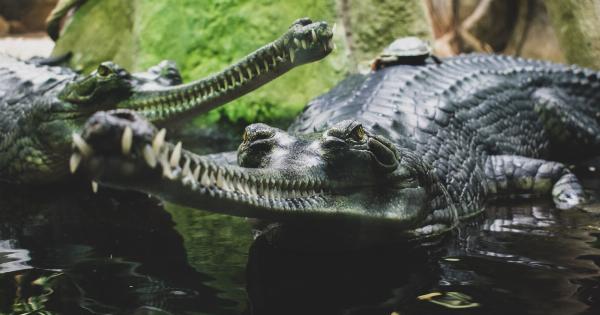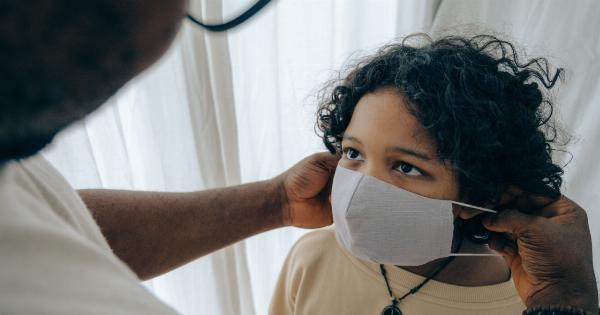Turtles have long been a popular choice for pets, especially among families with young children. They are fascinating creatures that can teach kids about responsibility and the natural world.
However, it is important for parents to be aware of the potential health risks associated with turtles, specifically the risk of salmonella infection. In this article, we will explore the relationship between turtles and salmonella, and provide important information for parents to ensure the safety of their families.
What is Salmonella?
Salmonella is a type of bacteria that can cause food poisoning in humans. It is commonly found in the intestines of many animals, including turtles.
While turtles themselves may not show any symptoms of salmonella infection, they can still shed the bacteria in their feces, which can contaminate their habitats and any surfaces they come into contact with.
Transmission of Salmonella
Salmonella can be transmitted to humans through direct contact with turtles or their habitats. This can happen when children handle turtles or touch surfaces, such as tank decorations or toys, that have been contaminated with turtle feces.
The bacteria can then be ingested when hands are placed near the mouth, leading to infection.
Why are Children at Higher Risk?
Children are particularly vulnerable to salmonella infection for several reasons. Firstly, their immune systems are still developing, making them more susceptible to infections.
Secondly, young children often engage in behaviors that increase their risk, such as putting their hands in their mouths or not washing their hands properly.
Symptoms of Salmonella Infection
Symptoms of salmonella infection typically appear within 12 to 72 hours after exposure to the bacteria. Common symptoms include diarrhea, fever, abdominal cramps, and vomiting. In some cases, the symptoms may be severe and require medical attention.
It is important for parents to be vigilant and seek medical assistance if they suspect their child has been infected.
Prevention Tips for Parents
While it is important to be aware of the potential risks, with proper precautions, owning a turtle can still be a safe and enjoyable experience:.
- Wash Hands: Encourage children to wash their hands thoroughly with soap and water after handling turtles or coming into contact with their habitats.
- Supervision: Never leave young children unsupervised with turtles. Make sure they do not put their hands or the turtles in their mouths.
- Clean Habitats: Regularly clean and disinfect turtle habitats to reduce the risk of salmonella contamination. Use a reptile-safe disinfectant and follow the product instructions carefully.
- Separate Areas: Keep turtle habitats separate from areas where food is prepared or consumed to avoid cross-contamination.
- Education: Teach children about the importance of good hygiene practices and the potential risks of salmonella. Encourage them to be responsible and follow the guidelines to keep themselves and their turtles safe.
- Choose Reputable Breeders: When purchasing a turtle, choose reputable breeders who follow proper health and hygiene practices.
- Veterinary Check-ups: Regularly take your turtle to a qualified reptile veterinarian for check-ups to ensure they are in good health and not carrying salmonella.
- Monitor Symptoms: If you or your child experience any symptoms of salmonella infection after coming into contact with a turtle, seek medical attention immediately.
- Consider Other Options: If you have young children and are concerned about the risks associated with turtles and salmonella, it may be worth considering other pet options that pose lower health risks.
Conclusion
Turtles can make wonderful pets and provide valuable educational experiences for children. However, it is crucial for parents to be aware of the potential health risks associated with turtles and salmonella.
By following proper precautions, such as regular hand washing and habitat cleaning, and teaching children about good hygiene practices, parents can ensure the safety of their families while enjoying the companionship of these fascinating creatures.





























